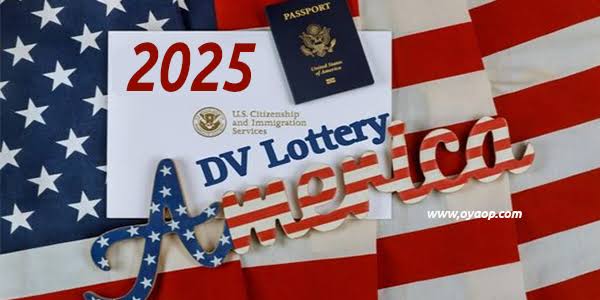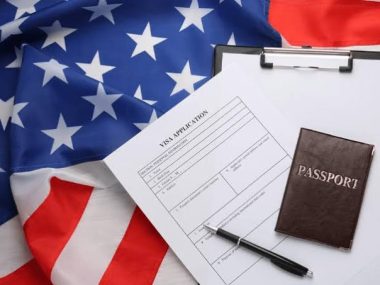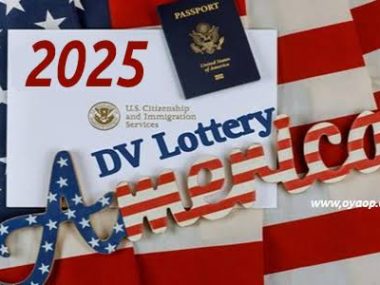How to Get a Green Card Without the DV Lottery: 3 Reliable Paths to Permanent U.S. Residency
Meta Description: Tired of waiting for the DV Lottery? Discover three alternative ways to legally get a U.S. Green Card — through family, employment, and military service. Start your American journey the right way.
The United States remains one of the most sought-after destinations for immigrants across the globe. From better job opportunities and educational access to a higher standard of living, the American dream continues to draw thousands every year. While the Diversity Visa (DV) Lottery gets a lot of attention, it’s a game of chance — and only a small fraction of applicants are selected.
The good news? The DV Lottery is not the only way to get a Green Card (permanent U.S. residency). If you’re serious about living in the U.S., there are three structured, legal pathways that don’t rely on luck: family reunification, skilled employment, and military service.
Let’s break each of them down so you can see which one suits your background and goals.
- Green Card Through Family Reunification
What is it?
The family-based Green Card is one of the most straightforward paths to U.S. residency. It allows U.S. citizens or lawful permanent residents (LPRs) to sponsor close relatives.
Who qualifies?
Spouses of U.S. citizens or permanent residents
Children (under 21) of U.S. citizens
Parents of adult U.S. citizens (21 and over)
Siblings of U.S. citizens
Fiancés and fiancées (via K-1 visa route)
Steps in the process
- Petition Filing – The U.S. sponsor submits Form I-130 to start the process.
- Approval and Visa Processing – If approved, the case moves to the National Visa Center for further processing.
- Consular Interview or Adjustment of Status – The applicant either adjusts status from within the U.S. or attends a visa interview at a U.S. consulate.
- Green Card Issuance
Key Advantages
No need for employer sponsorship
High success rate if the relationship is genuine
Certain categories (e.g., spouses of U.S. citizens) are considered “immediate relatives” and aren’t subject to visa quotas.
Pro Tip
The U.S. government heavily scrutinizes spousal visas to prevent fraud. Be prepared to show proof of a real relationship (e.g., joint bank accounts, wedding photos, etc.).
- Green Card Through Skilled Employment
What is it?
If you possess specialized skills or work in a field with talent shortages, U.S. employers may sponsor you for permanent residency.
Visa Types That Lead to Green Cards
H-1B Visa (specialty occupations)
EB-2 Visa (advanced degree holders or exceptional ability)
EB-3 Visa (skilled workers, professionals, and other workers)
EB-1 Visa (extraordinary ability, outstanding professors, etc.)
Steps in the Process
- PERM Labor Certification – The employer proves there are no qualified U.S. workers for the role.
- Form I-140 Filing – Employer petitions for the worker.
- Visa Bulletin Wait – Some categories have long waiting times depending on country of origin.
- Form I-485 or Consular Processing – Final adjustment of status or immigrant visa interview.
Key Advantages
No family connection needed
Often comes with a clear career pathway
Can bring immediate family (spouse and children) on derivative visas
Pro Tip
STEM graduates and healthcare workers are in particularly high demand. If you’re a nurse, software engineer, or data scientist, this route may be your best bet.
- Green Card Through Military Service
What is it?
Foreign nationals who serve in the U.S. military can qualify for expedited naturalization or a Green Card.
Who Qualifies?
Foreign nationals with lawful entry into the U.S.
Some undocumented immigrants under specific programs (e.g., MAVNI — when active)
Benefits
Fast-tracked processing for service members
Waived application fees for naturalization
U.S. citizenship available without Green Card in certain cases
Steps to Apply
- Enlist in the U.S. Military – Must meet age, health, and legal status criteria.
- Serve Honorably for Required Period
- File for Adjustment of Status (Form I-485)
- Background Check and Medical Exam
- Receive Green Card
Pro Tip
Military service is not just a legal route but a moral commitment. Ensure you’re fully aware of the obligations and lifestyle changes.
Other Options (Less Common, But Still Valid)
- Asylum or Refugee Status – For individuals fleeing persecution.
- Investor Green Card (EB-5) – For those investing $800,000+ in a U.S. business.
- Special Immigrant Categories – Includes religious workers, Afghan/Iraqi translators, and others.
Why Not Just Wait for the DV Lottery?
The DV Lottery is simple to enter and free, but let’s be honest — it’s a lottery. Each year, over 13 million people apply for just 55,000 spots. That’s a success rate of less than 0.5%.
If you’re serious about moving to the U.S., treat the DV Lottery as a bonus, not a strategy. Focus instead on building eligibility through work, study, or family ties.
Final Tips Before You Apply
Avoid Scams: Never pay third-party agents claiming they can guarantee you a Green Card.
Use Official Sources: All immigration forms are available for free at USCIS.gov.
Be Honest: Misrepresentation can lead to permanent bans.
Work with a Certified Immigration Attorney: Especially if your case involves complexities.
Conclusion
While the DV Lottery gets the most buzz, it’s not your only shot. Family reunification, employment sponsorship, and military service are three proven, legal paths to obtaining a Green Card. Each has its own requirements, but all are based on merit, relationships, or contribution — not luck.
If you’ve been dreaming of building a future in the U.S., now’s the time to act.



